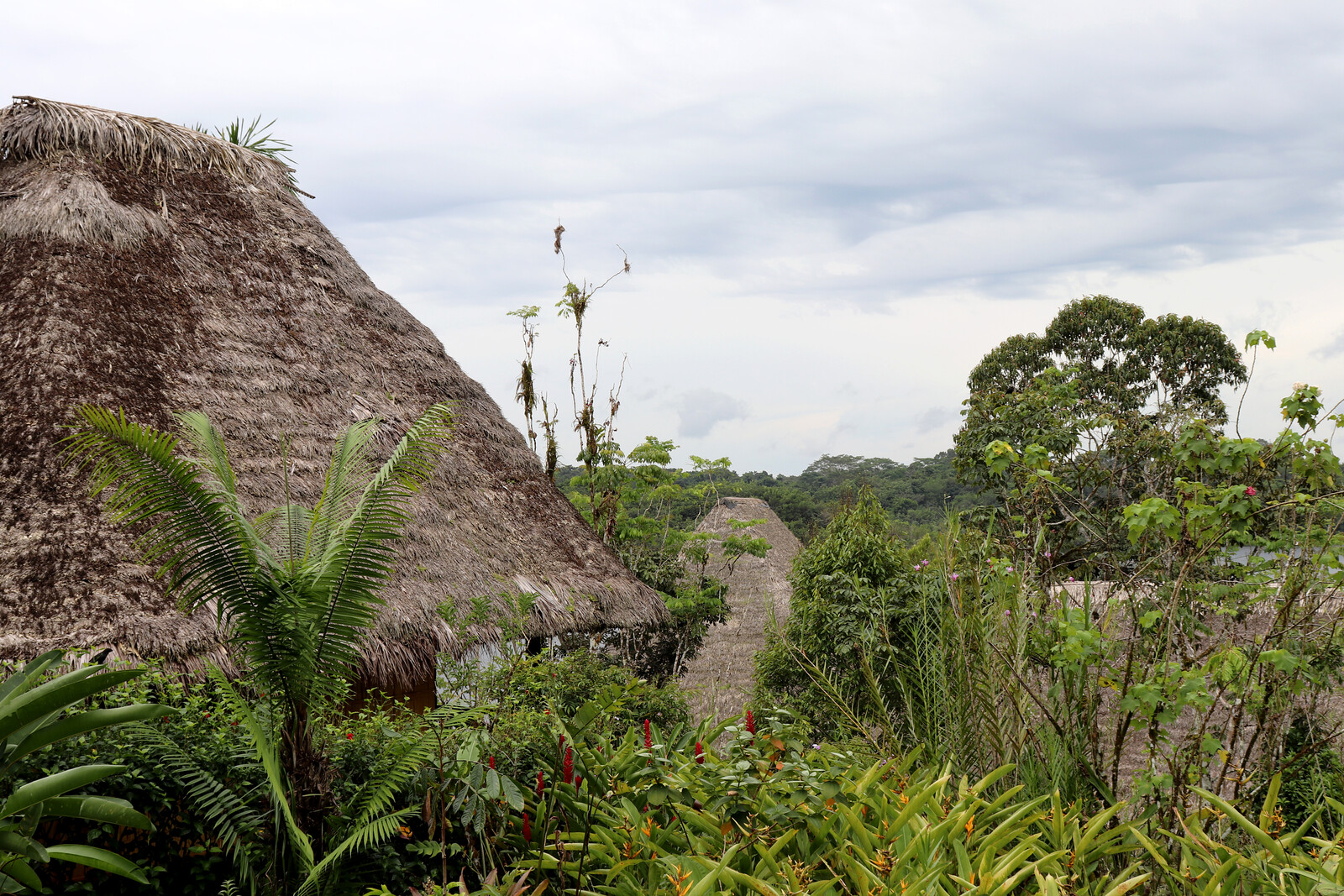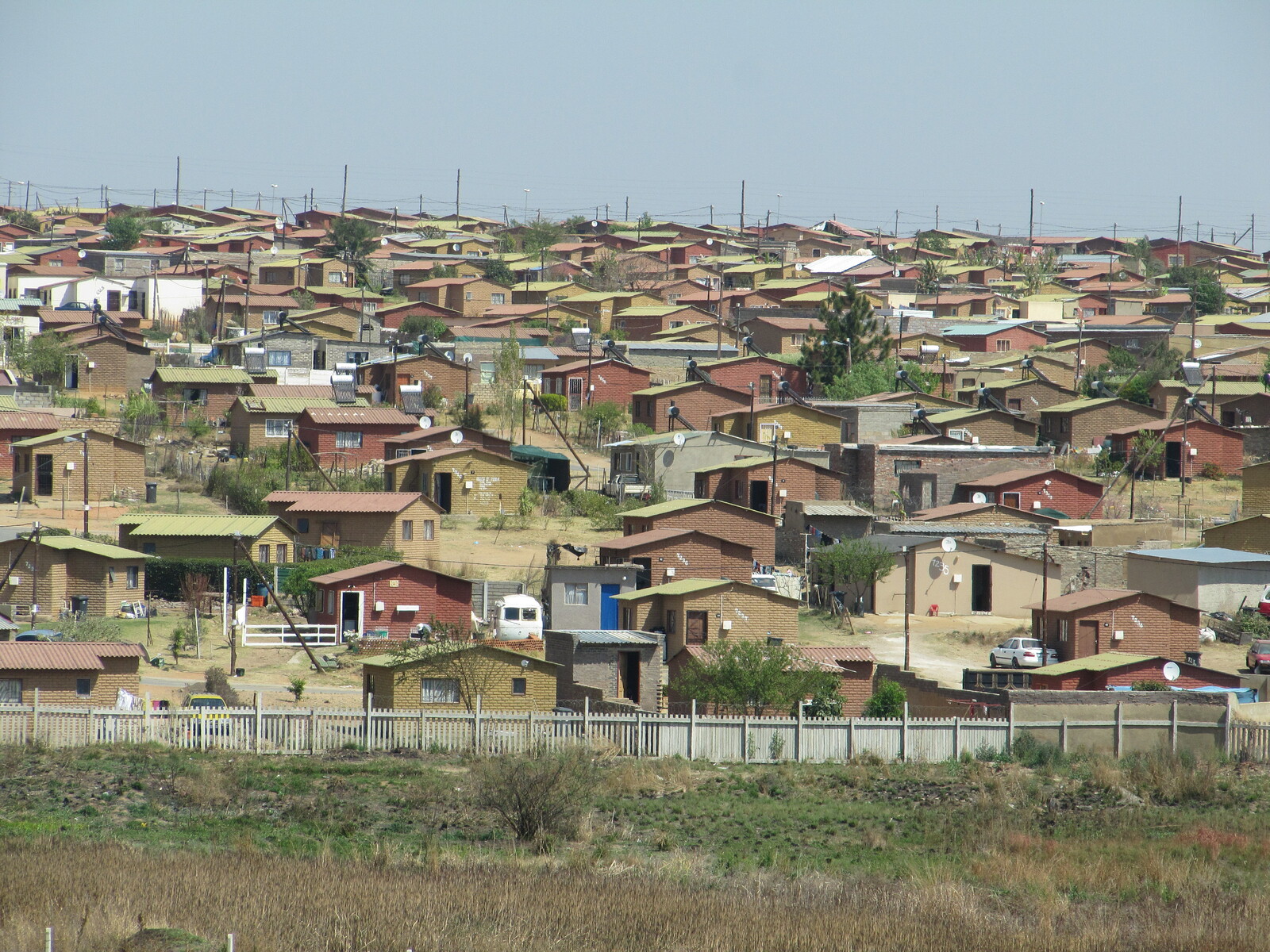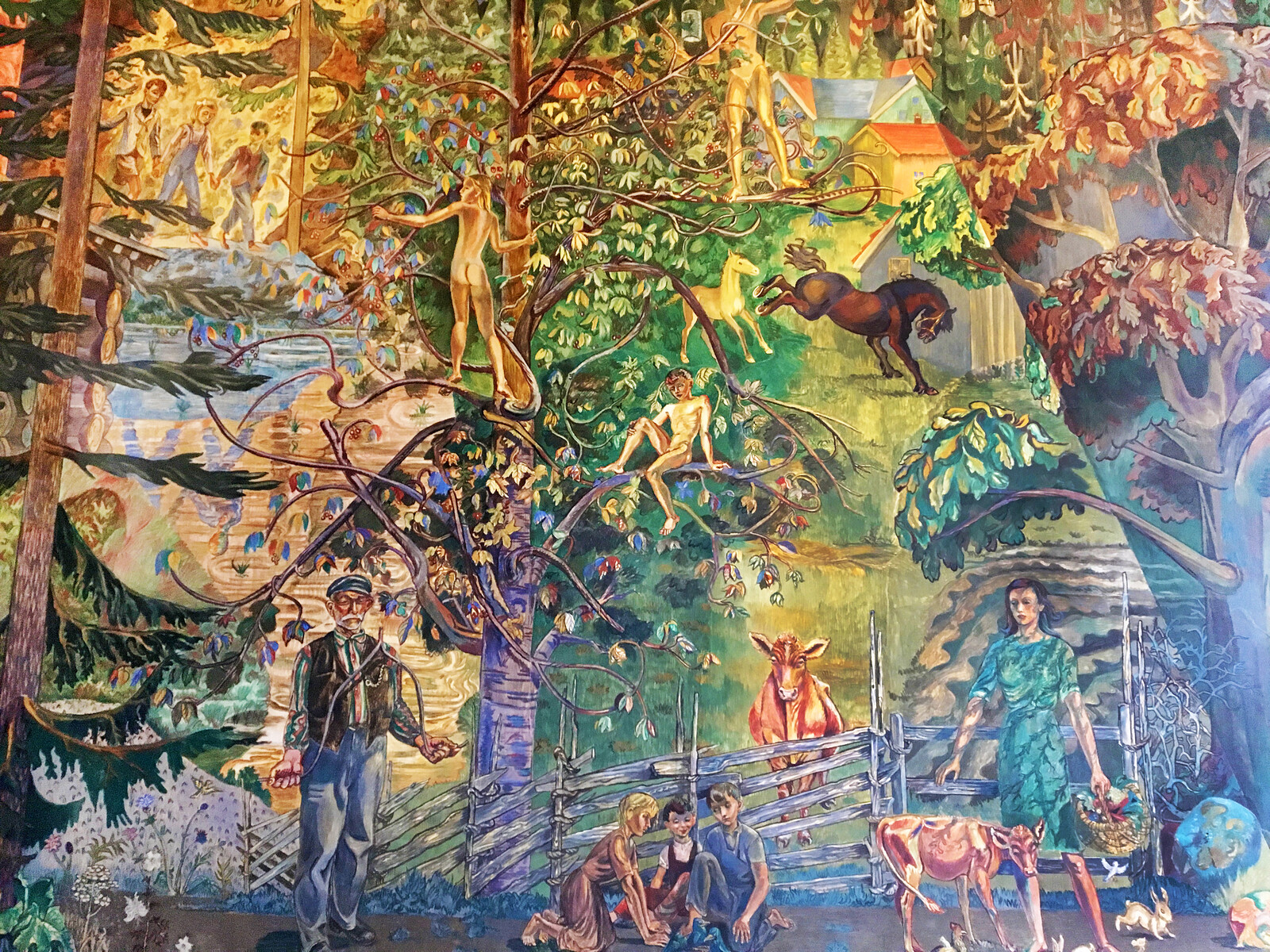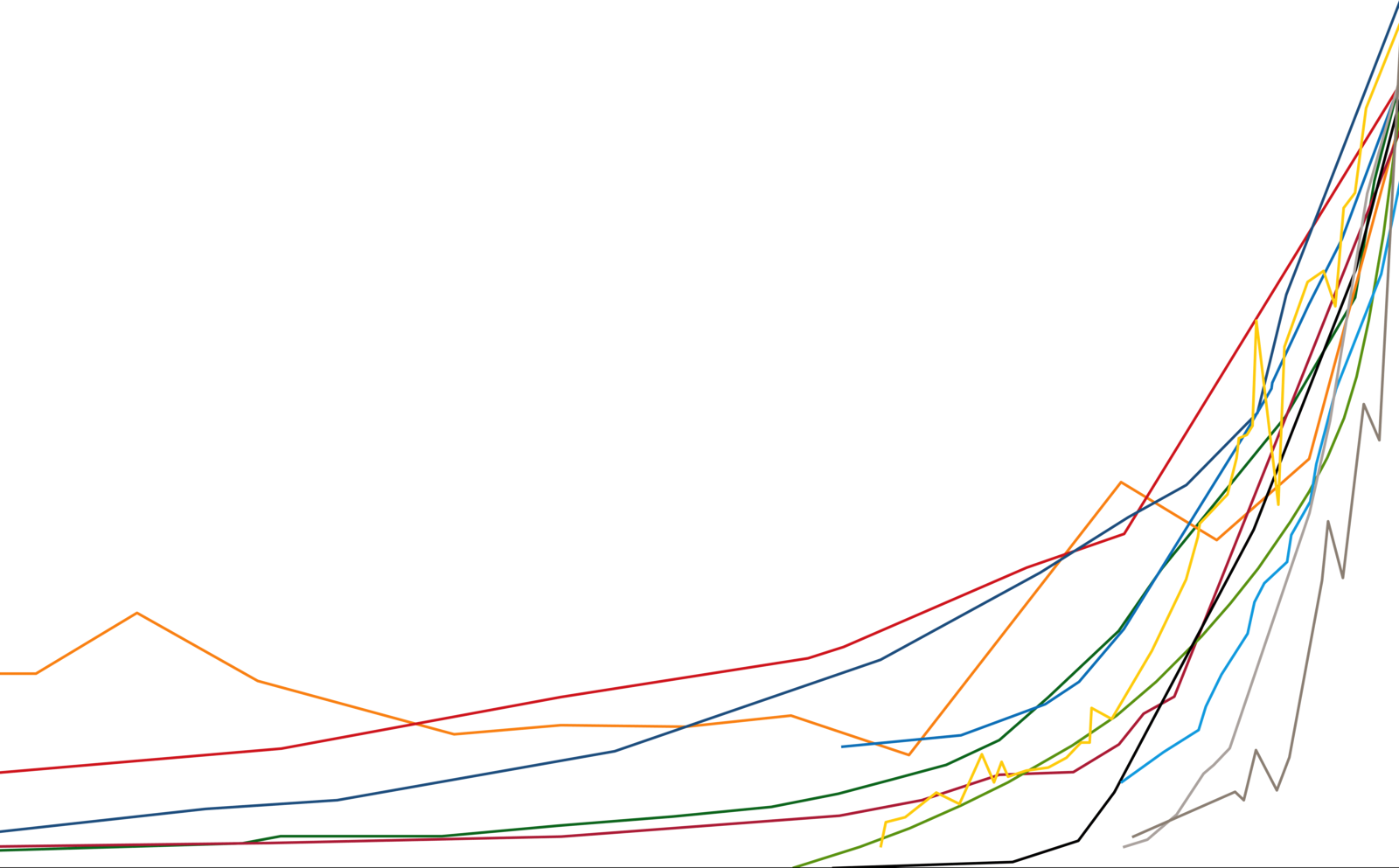In Mumbai, a city permanently under construction and repair, bamboo scaffolding is ubiquitous. The city, with its concrete and brick architecture, is engulfed in humidity that possesses a violent capacity to invade the most solidly engineered materials. In these continually deteriorating conditions, it is common practice to erect scaffolding around a large building to continually plaster cracks and treat surfaces. Bamboo is everywhere. Yet in spite, or perhaps because of its ubiquity, bamboo is rendered invisible. By habit alone, pedestrians tend to see straight through it when it engulfs a building, and when it comes down, forget it ever existed.
The architectural profession’s interest in sustainability has brought the material of bamboo into focus. Bamboo is a kind of grass, one that refers to a number of species which have different physical properties—the Forest Survey of India lists about one hundred and twenty five different indigenous species to the subcontinent. Bamboo culms reproduce at a rapid rate, owing to their rhizomatic structure; a property that fulfills the Bruntland Commission’s definition of sustainable, in that in using it, we do not deplete it.1 It can quickly regenerate. This capacity for seemingly boundless growth is central to the imagination of bamboo as a material perfect for a regime of sustainability. Within the architectural profession, sustainability has emerged as a technoscientific and managerial concept, giving architecture’s social project a new purpose enmeshed in designing buildings while regulating quantitative metrics of emissions and carbon footprints.2 Yet rather than encapsulating these more technical aspects of sustainable architecture, bamboo merely embodies a material and an aesthetic image of sustainability; that it is in and of itself sustainable.
In 2010 architect Shivdatt Sharma designed a bamboo museum for the Institute of Himalayan Bioresource Technology at Palampur in Himachal Pradesh. The project intended to showcase bamboo as an indigenous bioresource and the multitude of ways in which it was being harnessed. Funded by India’s Council of Scientific and Industrial Research, the museum is located on the campus of a government institution that researches the economic potential of bio-technological commodities and informs both lawmaking and market-related decisions around them.3 Sharma, a senior architect working in India, first cut his teeth in Chandigarh in the 1950s under Le Corbusier and Pierre Jeanneret. Vikramaditya Prakash writes of this recent project as rehearsing the tenets of this early modernism in its modular structural geometries.4 Yet the single storied structure, designed and built completely of bamboo, presents itself as a kitschy artifact that is part of its own collection of display objects.
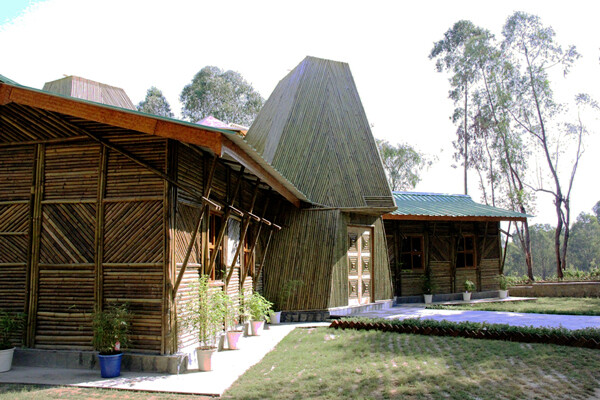

Shivdatt Sharma, Bamboo Museum, Palampur Himachal Pradesh, 2009-10. Images courtesy Shivdatt Sharma.
Sharma’s museum is not unique in the twenty-first century. It follows in the tradition of a number architects in Asia and Africa using the material to develop an architectural language that responds to contemporary ecological and political concerns. Shigeru Ban used bamboo ply in the structures of his Expo Pavilion in Hanover (2000), the Rice Pavilion Roof (Rice Gallery, 2002), as well as in some designs for refugee housing. More recently, Patrick Kéré designed the Lycée Schorge Secondary School (2016) in Burkina Faso, where bamboo’s unevenness as a tube became a feature to let in light through the walls. In innovating with bamboo where other materials are unavailable or expensive, both Kéré’s and Ban’s work reflects the oft-repeated mantra of bamboo as the poor man’s timber. Ban’s formal dexterity is in his ability to take a material associated with poverty and use it to signify luxury. But perhaps more than anything, current architectural interest in bamboo reflects a certain trend in which architects, tired of engaging the failed developmental dreams of high modernism, have discovered a new material with new significations of vernacular and historical meaning with which to play in our unsustainable times.5
While Ban’s use of bamboo traffics in tropes of recalibrated tradition, Sharma’s bamboo museum embodies a paradoxical emergence that has come to be ubiquitous in our contemporary sustainability regime: that a material, upon being imagined as and deemed a sustainable alternative, is then extracted and farmed with the violent and destructive rationalities of capitalist management and efficiencies. For bamboo and scaffolding are perhaps more a social relation rather than a material. How do materials exist as a result of the histories of their use rather than purely as a set of physical properties? How has bamboo developed into an accessible material through decades of interaction with the people who use it?
Even as architects draw upon bamboo as a sustainable material, they confront a conflict between scalability and sustainability. Bamboo, Bambusoideae, is traditionally circumscribed as a “heterogenous group of mostly perennial, rhizomatous forest grasses.”6 A subfamily of the grass family (Poaceae), bamboo describes a group of species of grasses that share similar characteristics. In addition to being a biologically diverse set of species, bamboo is also a culturally vital material that permeates the food, dance, architecture, and everyday lives of people in Asia.7 Anna Tsing has shown how certain social relations, particularly those that are biologically and culturally diverse, are inherently non-scalable: “Scalability is possible only if project elements do not form transformative relationships that might change the project as elements are added.” Because “transformative relationships are the medium for the emergence of diversity,” they are strained by operations that demand relational stability across growing scales.8 Bamboo, at the small scale is foraged material, but foraging as a method of procuring the material cannot be sustained if bamboo is to scale up to supply to the world a sustainable commodity. What histories of bamboo do architects need to contend with, if they are to engage the material in any way other than through the dominant technoscientific discourse of supply management?
Material Histories
In the early decades of India’s independence and postwar developmental economy of the 1950s and 1960s, bamboo embodied an aesthetic of scarcity, the traditional and labor-intensive material upon which the modern state was built. Similarly, it presented the ingenuity of the vernacular, the material of a cottage industry with the possibility of producing a large-scale modernity from the small-scale of the village artisan. Bamboo thus simultaneously offered the opportunity for an alternate modernity while paradoxically representing a backwardness. Today, continuing this paradoxical relation, even as bamboo is increasingly important in the construction industry, its signification is only economically valuable through its use in sustainable-chic commodity production.
The 1986 Festival of India exhibition on architecture revealed the contradictions that were present in developmental thought and its representation of bamboo scaffolding. In its catalog Vistāra, architect Charles Correa described the attempt to overlay the various plural heritages of architectural thought in the subcontinent and look at them together from the vantage point of the present.9 The exhibition, as Arindam Dutta has argued, offered the fiction of historical continuum through the juxtaposition of fragments; metonymic of the frictionless cultural content of a nation.10 In the catalog, the intellectual and political hinge between the colonial architectural period and the modern and contemporary one was provided by the intellectual trifecta of Mahatma Gandhi, Rabindranath Tagore, and Jawaharlal Nehru. Of the three, Vistāra narrated Nehru’s developmental legacy with a photograph of massive bamboo scaffolding paired with a fragment of one of his speeches given at the opening of an irrigation canal.
The huge construction of bamboo and wood scaffolding in the image eclipsed the purportedly larger construction of a dam behind it, foregrounding instead the labor involved in the making of this behemoth. In the catalog, the image was paired with a fragment of a quotation by Nehru, “…the biggest temple and mosque and gurudwara is the place where man works for the good of mankind…” which suggested that any site of a faithful labor is akin to the site of prayer. The quotation, familiar to many as Nehru’s analogy between the dam and the temple, was made in different iterations of laboring with faith at the various inaugurations of the flagship Bhakra Nangal multipurpose dam project. Yet the subtle deception in this image is that the scaffolding was not an image of any of the construction that took place at the Bhakra Nangal project site. The dam in the image was the Nagarjuna Sagar dam, a masonry dam—not a concrete one—on the Krishna River, which relied heavily on unskilled labor to carry quarried stone up the scaffolding to aggregate the mass.
The Bhakra dam, which was the centerpiece of the state of Punjab’s techno-political water management plan—the same state whose capital city would inaugurate Indian modernism in the following section of the said exhibition catalog as Le Corbusier’s Chandigarh—was careful to hide its reliance on manual labor in its propaganda images. Technocrats writing about the concrete technology used in the dam painstakingly describe why the structural and geographic conditions of this construction demanded a mechanized steel system of concrete placement, reminding readers that bamboo and labor-based projects were inefficient for growing economies and expensive in the long run.11 The Vistāra catalog was, however, invested in signifying vernacular development—bamboo as a hinge between modernity and tradition—without acknowledging the contradictions those significations trafficked in, a tendency that was synecdochic of 1986 catalog as a whole.
Vistāra, in this juxtaposition of text and image, was caught in this double bind of desiring the technomodern fact of a big dam while also representing the under-developed and labor-dependent third-world economy. Bamboo, in an image where no dam was evident, played this double role. On the one hand, its staggering mass signaled the organization and construction of something equally staggering behind it, and on the other, it reminded the viewer of the scarcity of capital-intensive machinery and the desperate overpopulation of the country. The juxtaposition of the quotation and the image sutured the abyss between the present and the future, between Nagarjuna Sagar and Bhakra, where from an indigent current state, a massive surplus was to be generated. The quotation spliced the hopeful modernity of concrete technology into the developmental optics of labor and scaffolding.


Bamboo and jute joints for building renovation scaffolding in Mumbai, 2018.
Alternative Aesthetic Registers
Is it obvious that bamboo should represent the unmodern? In 1952 Nehru penned a letter to his Chief Ministers critiquing ostentation and ceremony in government using an example of a Gandhian conference at Sevagram. Nehru described being struck by the “extreme simplicity and artistry” of the conference pandal made of bamboo and covered in leaves.12 He went on to praise the simple dignity of bamboo in comparison with the ostentatious traditions of British political ritual that India had inherited with its bureaucracy. He concluded his letter arguing that “we are a poor country and we must always avoid unnecessary or wasteful expenditure,” but connecting bamboo’s signification of poverty with “a question of taste and it does not appear fitting to me that some of us should function in a way which is so utterly removed from the conditions in India.” For Nehru, the aesthetic of scarcity was signified by bare bamboo scaffolding, but he hoped that bamboo could also come to signify an aesthetic and a moral beauty. These multiple contexts both worked to position bamboo against the technocratic modernity of concrete.
Yet, as much as bamboo was being reimagined as the necessary traditional model on which to construct the modern state, a substitution of labor, it was also being written into another narrative: that of the cottage industry. Yojana, the mouthpiece of India’s planning commission, mentioned the material a number of times as a site for the state’s investment in small scale businesses where artisans could turn the material into handicrafted commodities. A 1967 article recounted the story of Balanarasimha, a man who saw his income trebled, after being sent to a six-month training program by the Nalgonda Project Authorities.13 This training at the All-India Handicrafts board in Patna taught him to make “sophisticated bamboo products.” This skill-upgrade, along with a financial mechanism—a small loan—turned the semi-skilled artisan into a skilled artisan-entrepreneur.
In the 1960s, even as bamboo was being imagined as a small-scale material of cottage industries, it was being deployed in the Council of Scientific and Industrial Research (CSIR) laboratories across the country. CSIR, the same institute that sponsored and now houses Shivdatt Sharma’s bamboo museum, was instituted as an autonomous body under the central government that governed a set of laboratories doing applied research for the state’s modernization projects. Laboratories like the Central Building Research Institute (CBRI) and the Central Road Research Institute (CRRI) investigated the uses of bamboo in developing indigenous reinforcement for concrete, called bamboocrete, and agricultural levelers and road sections all using this material accessible in the third world in lieu of traditional materials of modernity like steel. The conceit was that if the third world could wield bamboo in the way in which the first world wields steel and concrete, then perhaps the third world could instantiate a non-derivative modernity. These various instrumental uses of bamboo came to be a Nehruvian (developmental) interpretation of the Gandhian (village level) model of production, one that imagined itself as completely separate from the labor and construction industry.
Nehru’s suggestion of simplicity as a material embodying tastefulness was in contrast to the American portrayal of bamboo as a material that captured the burden of development to be extracted on the backs of the masses. Of course, the key piece of Nehru’s observation was that bamboo was and continues to be used to construct complex and “modern” infrastructure. Alternately, towards the Gandhian side of small-scale production, a bamboo initiative at the National Institute of Design (2012) and a bamboo laboratory at IIT-Mumbai (2007) were recently created. Both premier institutes work with various governmental agencies across the country to develop models for the manufacture of bamboo products that integrate design, artisanal techniques, and scalability.
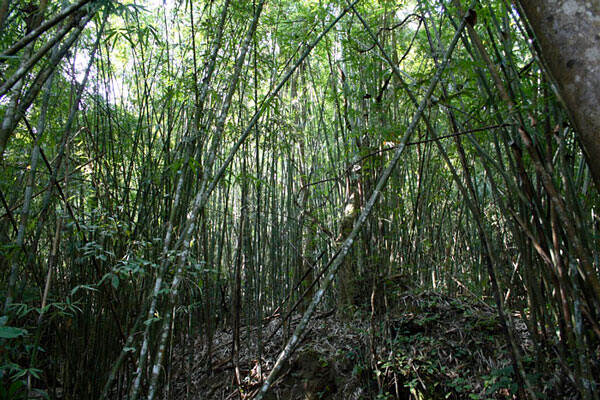

Dampa Tiger Reserve, Mizoram, India. Photo: Sudhir Shivaram.
Excess as Crisis
Ironically, the very thing that makes bamboo sustainable—its capacity for rapid growth—is what has led to environmental devastation. In Mizoram, a state in India’s northeast region bordering Myanmar and Bangladesh, the Mizo hills are covered in thick bamboo vegetation. Bamboo flowers gregariously, which means that all the culms of a particular species flower together. The hills are dominated by two species: mau, which flowers approximately every thirty years; and thing, which flowers every forty-seven. Flowering triggers a spike in rodent populations, which thrive on the explosion of seeds. This high volume of rats then proceeds to devastate rice harvests, causing famine. This odd ecological cycle is well known to the Mizo people, who have long lived with bamboo as a material of everyday life, and mautam or thingtam causing foreseeable death.14
When the anticipated mautam arrived in 1956, after India’s independence, there were no famine safeguards in place and the Indian government mobilized no effective relief efforts. The failure of the state to address the famine galvanized insurgent political movements. Mizoram was then still a part of the state of Assam (today, India’s largest supplier of bamboo), and it was after the famine that separatist tendencies emerged and found popular support. What began in the late fifties as the Mizo National Famine Front later transformed into the Mizo National Front and continues to hold political power in the state, which separated from Assam in 1972.15 Here, the very property that makes bamboo sustainable—its capacity for rapid growth—is what makes it dangerous—to both the people and the state.
Bamboo is a silvicultural commodity; it is forest produce. As a forest commodity, bamboo was shaped by colonial and postcolonial forestry, which entailed the bureaucratic scientific management of the vegetative category of the forest. “Forest” delineates neither a scientific category nor an administrative one, and so to interrogate the history of forestry, we are forced to acknowledge the forest as a discursive category, a space constructed by practice.16
K. Sivaramakrishnan, writing about colonial forestry in India, argues that the imperial exercise of developing colonial infrastructure led to the necessity to think the forest as a category from which to extract timber. Forests were thus named as such to integrate them into commercial economies and develop rules for their management. The German botanist Dietrich Brandis was appointed as Inspector General of India’s Forest Department in 1864 and was instrumental in creating a scientific bureaucracy around the different plants and produce in forests.17 Brandis toured India’s forests extensively, writing reports which were used to develop protections and regulations around their use. Forest Services saw their subject through a commercial logic what James Scott calls “the fiscal forest”—that is, a forest that is commercially productive at the expense of its ecological diversity.18 The central tension animating forest management was the right of the government over uncultivated forest land and the customary rights of any locals using that same forest land. As a result, the Forest Act, written in 1927, first largely consolidated existing rules around specific commodities into one central document, and second, was specifically written to manage this tension between the commercial and customary use of forests.
In 2006, a new Forest Rights Act, which attempted to secure the rights of villagers and forest dwellers, declared the sub-family of bamboo a “non-timber-minor-produce,” a categorization that would allow villagers and locals access to the forest and shield them from the Forest Act, which prevents any commercial use (however small the scale) of silvicultural commodities. The new act was written by advocates for forest dwellers and it attempted to recognize rights that were already in play rather than create new rights. The law came afoul of the sustainability community who forced edits and compromises to the act to the point to which it was rendered toothless. In 2015, when Menda Lekha, a tribal village in Maharashtra took over control of the bamboo in their forests, the forest department refused them transport rights to cart the minor forest produce. This subversion of the Forest Rights Act led the villagers to protest by holding a market “illegally” selling their bamboo.19
As of 2011, India’s Ministry of Environment had asked states to treat bamboo as a minor forest produce (MFP), and in December 2017 the word bamboo was eliminated from the governmental description of trees. As a result, bamboo is no longer regulated by the forest act. This debate over the classification of bamboo reflects the idea that a material as a social relation occupies a different register than as a scientific one. Yet in 2018, a Draft National Forest Policy framed the forest in all its various meanings—commercial, replanted, sanctuaries, livelihood, and so on. It remains to be seen whether the policy will recognize rights of people or further wrest them away.
Bamboo’s modernity is in contrast to that of a material like plastiglomerate—an aggregate of stone, nylon, cement, and other debris that come together to form a new material symbolic of our emerging global climate fused with our regimes of production and disposal. Plastiglomerates are a product of the anthropocene, a new material emergence at a geological scale.20 In contrast, bamboo tends to be considered traditional—its material properties don’t necessarily reveal it as a product of our contemporary political economies. However, it is a thoroughly contemporary and modern material, as complex and new as any other.
Bamboo in the Streets
In the 2010s, the architect Rahul Mehrotra proposed the idea of the kinetic city—an idea celebrating the dynamism of a city like Mumbai, which physically changes for short periods of time. Sarvajanik Ganeshotsav, the public celebration of the deity Ganesh, celebrated in August/September every year, was a central example of “kineticism.” On the first of the ten-day festival, self-organized neighborhood groups pool together their time and resources to bring a deity to their neighborhood. There, over the next ten days, they host the deity in the street, taking it over by enclosing it in bamboo, jute, cloth, and plastic. Bamboo, and its complicated colonial history, is a key material of kineticism. Festivals, celebrations, meetings, talks, all depend on bamboo tents and structures to modify the city temporarily for it to then revert to its brick and concrete form.
The festival marks a performative politics that uses the street as its site of play; the street is a privileged space of politics and aesthetics in India. A number of academics have taken on this question on the street as the elemental form of the Indian spatial imagination—they have described the use of the street alternately as a space in which to exert power in an increasingly neoliberal real estate regime, or as a space that has its own unique cultures and rhythms.21 Crucially, the street is also a space that demonstrates class—it is the domain of the poor.22 Rather than celebrate the ephemerality of Indian cities, bamboo is critical to a political understanding of the street as a site of an ephemeral political economy in which developers can disappear, leaving a trail of incomplete construction without warning at the first signs of a real estate crash.23 Here, bamboo isn’t just of value because of its flexibility and strength, but because of the historical knowledge embedded in its use as scaffolding and the networks of trade that tie together the city and the forest. Bamboo scaffolding, for all the discourse on its use as a traditional material, is actually a sophisticated system of knot tying and support making—a skill passed taught by laborers to each other, as to the distances between posts and struts, the methods of attaching them to buildings, and the details of how to turn them into roofs.
The metaphor of grassroots is apt here. Bamboo is a grass, a rhizomatic plant system that easily tends towards becoming an invasive species in its capacity to spread without seed and fruit. Given the new incursions of the global sustainability regime into third world forests to procure a material aestheticized as eco-friendly, what would it take for the state to render this ubiquitous material into a value added and replicable commodity? On one hand, scaffolding offers the site of forming and performing the subjectivity of the unskilled laborer—if not in making the scaffolding, then certainly in using it. Bamboo poles for scaffolding remain raw commodities, without scope for much value addition; a saturated marketplace where it can only be replaced by steel as building projects increase in complexity. On the other hand, bamboo produces both the cottage industry out of a forest-dwelling subject, on the margins of the state, occupying space into which this market can expand.
Bamboo is a material in flux—what it signifies is not transferable from one scale to another, or from one time to another. In that sense, bamboo challenges how we see the history of materials. In addition to its foundational architectural function as scaffolding, it acts as a metaphorical scaffolding as well: it signifies whatever its wielders might want it to, be it tradition, poverty, sustainability, or a new form of eco-chic luxury. Bamboo acts more as a scaffolding for meaning than a material with physical properties of flexibility and strength. Scaffolding, both materially and metaphorically, is a site of politics; a space that opens up and disappears, one that requires much skill in making.
Gro Harlem Brundtland, “Our Common Future: Report of the 1987 World Commission on Environment and Development” (Oslo: United Nations, 1987), ➝.
Panayiota Pyla, “Counter-Histories of Sustainability,” Volume 18 (December 7, 2008), ➝.
“Welcome to the IHBT Cyber World,” ➝. Also, the Council for Scientific and Industrial Research (CSIR) was a product of the early post-independence development project. The CSIR came into being in 1942 when the urgent need for supplies towards World War 2 revealed India’s shortfall of industrial commodities. The CSIR is an independent centrally funded body that has been crucial in setting the tone of scientific research in the post-World War 2 period. See Ateya Khorakiwala, “A Black Carpet of Bitumen; Public Works as Research, India c. 1960” (Unpublished).
Vikramaditya Prakash, The Architecture of Shivdatt Sharma (Ocean, NJ: Mapin Publishing Gp Pty Ltd, 2013).
Question answer session of a talk given by Anooradha Iyer Siddiqi entitled Dadaab: Architecture and History in a Refugee Camp, JJ College of Architecture, Mumbai, July 31, 2018.
Weiping Zhang and Lynn G. Clark, “Phylogeny and Classification of the Bambusoideae (Poaceae),” in Grasses: Systematics and Evolution: Systematics and Evolution, eds. S. W. L. Jacobs and J. Everett (Csiro Publishing, 2000), 35.
The immense cultural history of bamboo use in Asia is outside of the scope of this paper, but an overview of the uses of bamboo can be found in G. K. Ghosh, Bamboo: The Wonderful Grass (APH Publishing, 2008).
Anna Lowenhaupt Tsing, “On Nonscalability: The Living World Is Not Amenable to Precision-Nested Scales,” Common Knowledge 18, no. 3 (September 19, 2012): 505–524.
Charles Correa in Carmen Kagal, Vistara: The Architecture of India, Exhibition Catalogue, Festival of India in U.S.A. (Festival of India, 1986), 8–12.
Arindam Dutta, “Politics of Display: India 1886 and 1986,” Journal of Arts and Ideas 30–31 (1997): 115–145.
“Concrete Manufacture Handling and Control at the Bhakra Dam,” Indian Concrete Journal 31, no. 8 (August 15, 1957): 241–249.
A pandal is a combination of an awning of posts and cladding (for instance bamboo and cloth) made to create a temporary shelter, under which a large group of people can meet. Jawaharlal Nehru, The Essential Writings of Jawaharlal Nehru Volume 2, eds. S. Gopal and Uma Iyengar, vol. 2 (New Delhi: Oxford University Press, 2003), 720.
J. L. Saaz, “Nalgonda Prject; Breakthrough in a Rocky Tract,” Yojana 11, no. 22 (November 12, 1967).
While fifteen thousand people died in the 1881 thingtam, there are no good estimates of mortality for the corresponding 1910-1912 the mautam. See Sajal Nag, “Bamboo, Rats and Famines: Famine Relief and Perceptions of British Paternalism in the Mizo Hills (India),” Environment and History 5, no. 2 (1999): 245–252; and Ken Aplin and James Lalsiamliana, “Chronicle and Impacts If the 2005-09 Mautam in Mizoram,” in Rodent Outbreaks: Ecology and Impacts (International Rice Research Institute, 2010), 24.
Arthur J. Dommen, “Separatist Tendencies in Eastern India,” Asian Survey 7, no. 10 (1967): 726–739, ➝.
K. Sivaramakrishnan, “Colonialism and Forestry in India: Imagining the Past in Present Politics,” Comparative Studies in Society and History 37, no. 1 (1995): 3–40.
David Arnold, Science, Technology and Medicine in Colonial India (New York: Cambridge University Press, 2000), 148.
James C. Scott, Seeing like a State: How Certain Schemes to Improve the Human Condition Have Failed (New Haven: Yale University Press, 1999). 14.
Aparna Pallavi, “Forest Titles Only on Paper,” Down to Earth: Science and Environment Fortnightly, 2015, ➝.
Meredith Miller, “Views from the Plastisphere: A Preface to Post-Rock Architecture,” in Climates: Architecture and the Planetary Imaginary, eds. James Graham and Caitlin Blanchfield (New York, NY: Columbia Books on Architecture and the City, 2016), 67–78.
Arjun Appadurai, “Street Culture,” The India Magazine 8 (December, 1987): 2–23.
Dirk van den Heuvel, “Cross-Pollination in the Doshi Habitat - A Report from Ahmedabad,” DASH 12/13, 2015.
Namita Dharia, “Introduction to The Industrial Ephemeral,” in Aesthetics, Power, and Political Economy in Modern South Asia (47th Annual Conference on South Asia, Madison, Wisconsin, 2018).
Overgrowth is a collaboration between e-flux Architecture and the Oslo Architecture Triennale within the context of its 2019 edition, and is supported by the Nordic Culture Fond and the Nordic Culture Point.









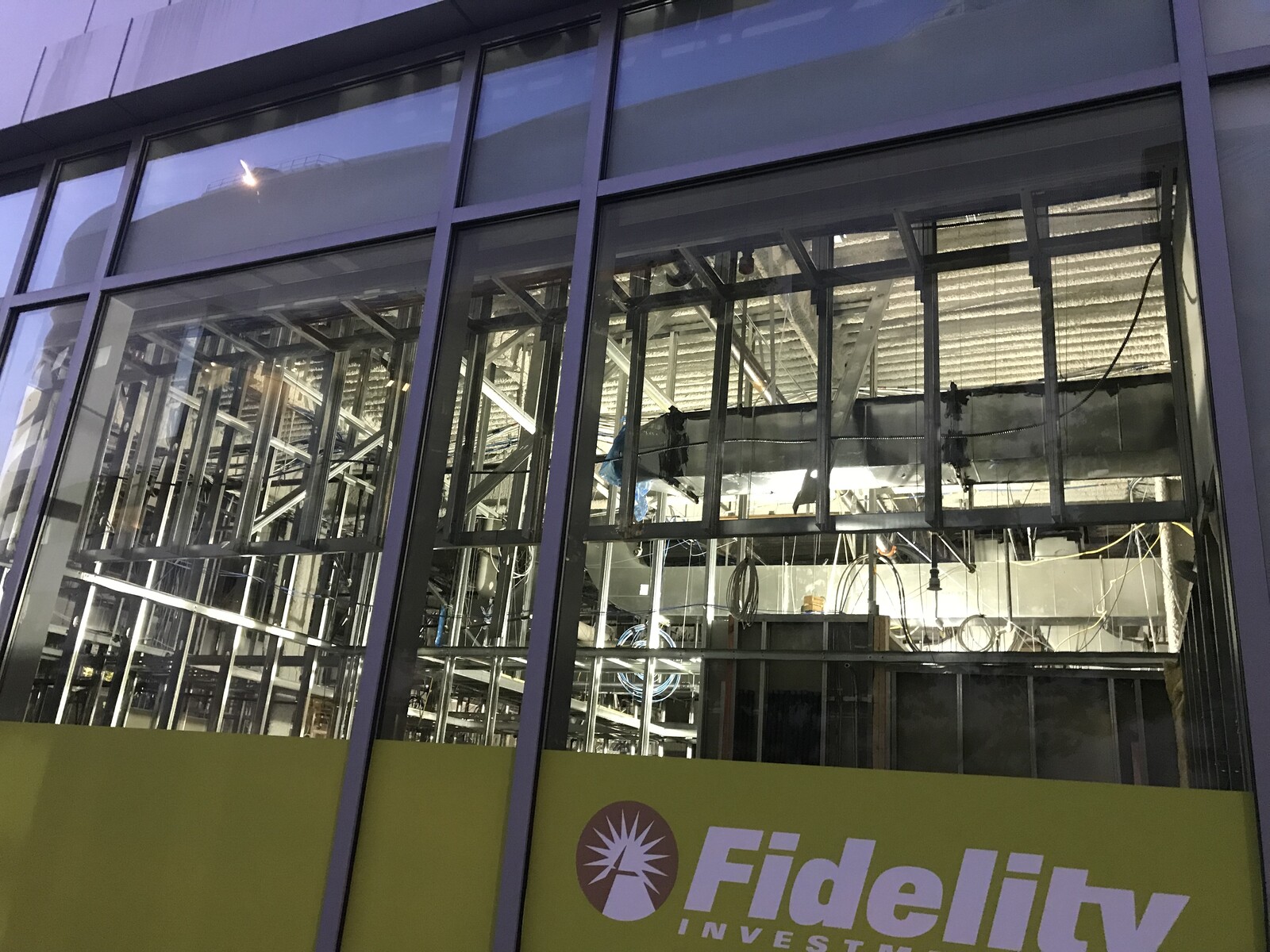

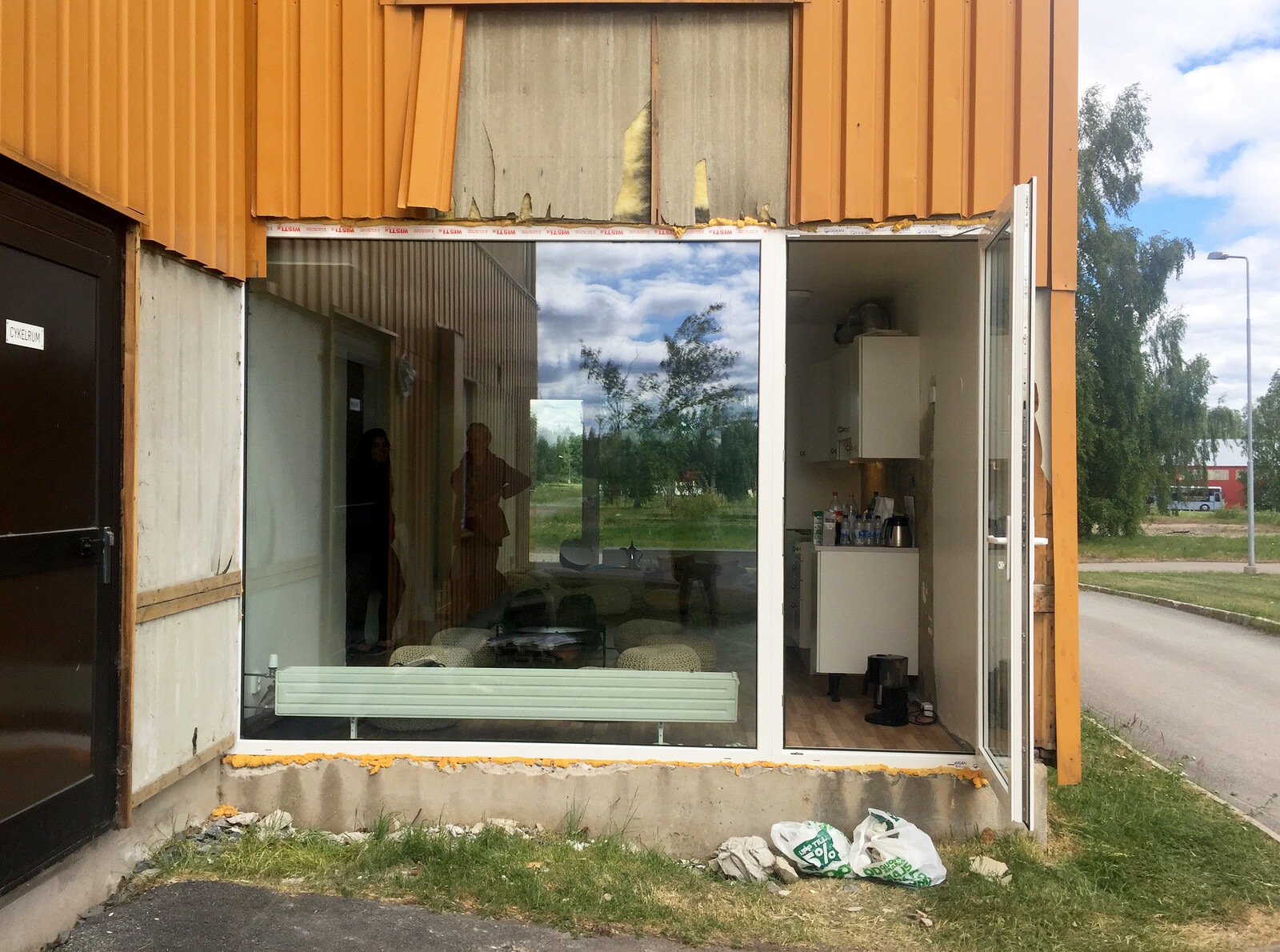
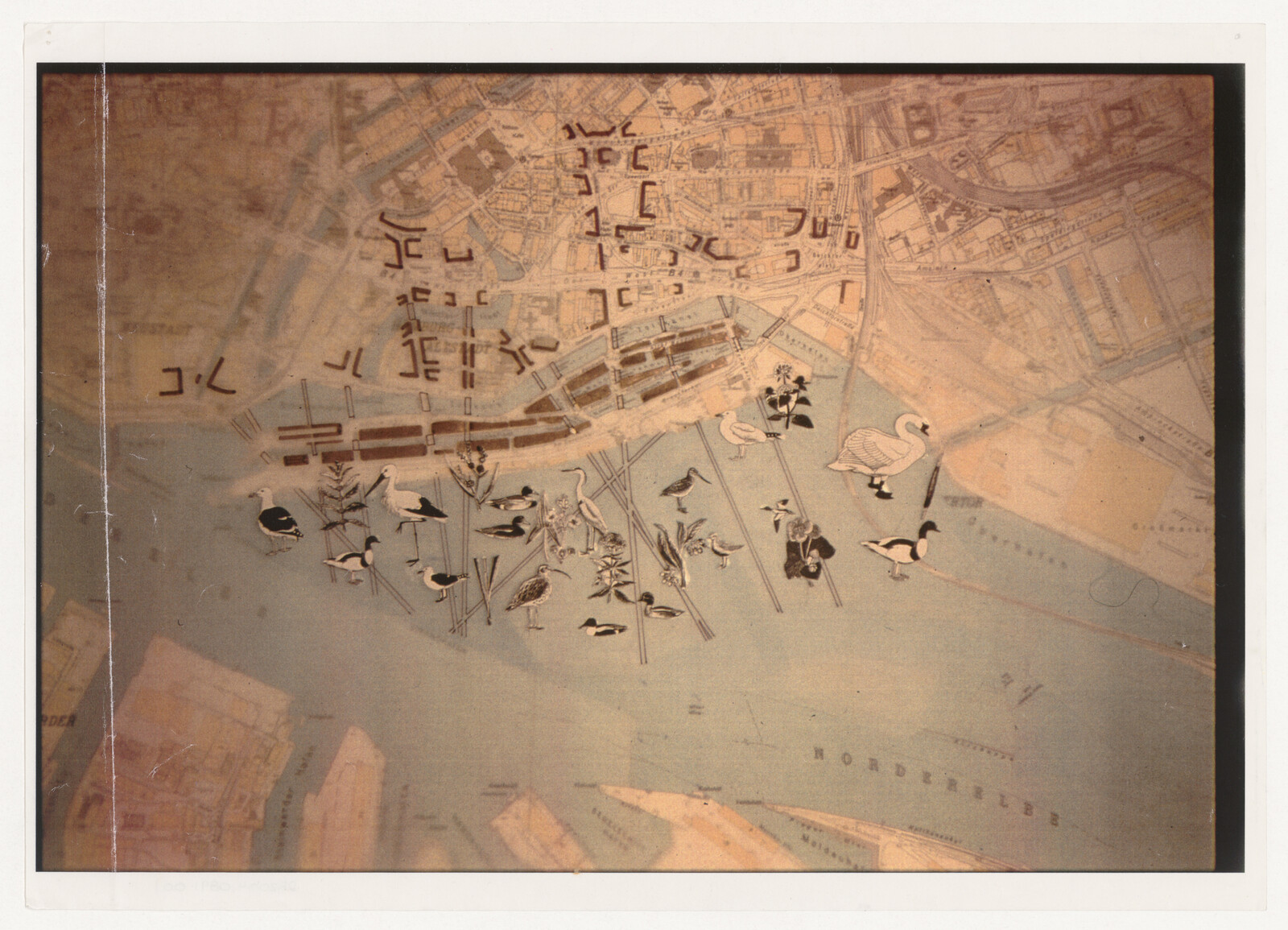

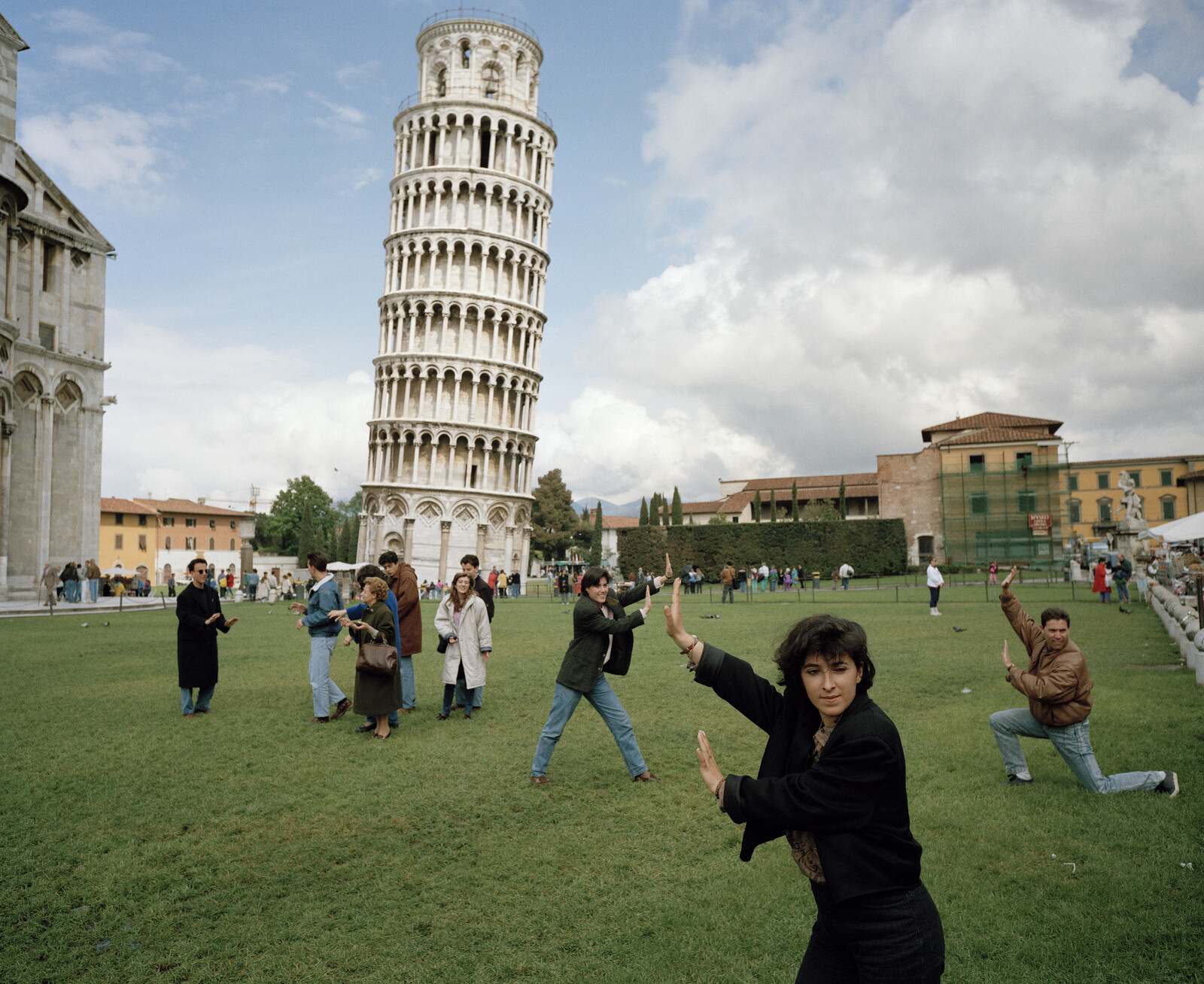

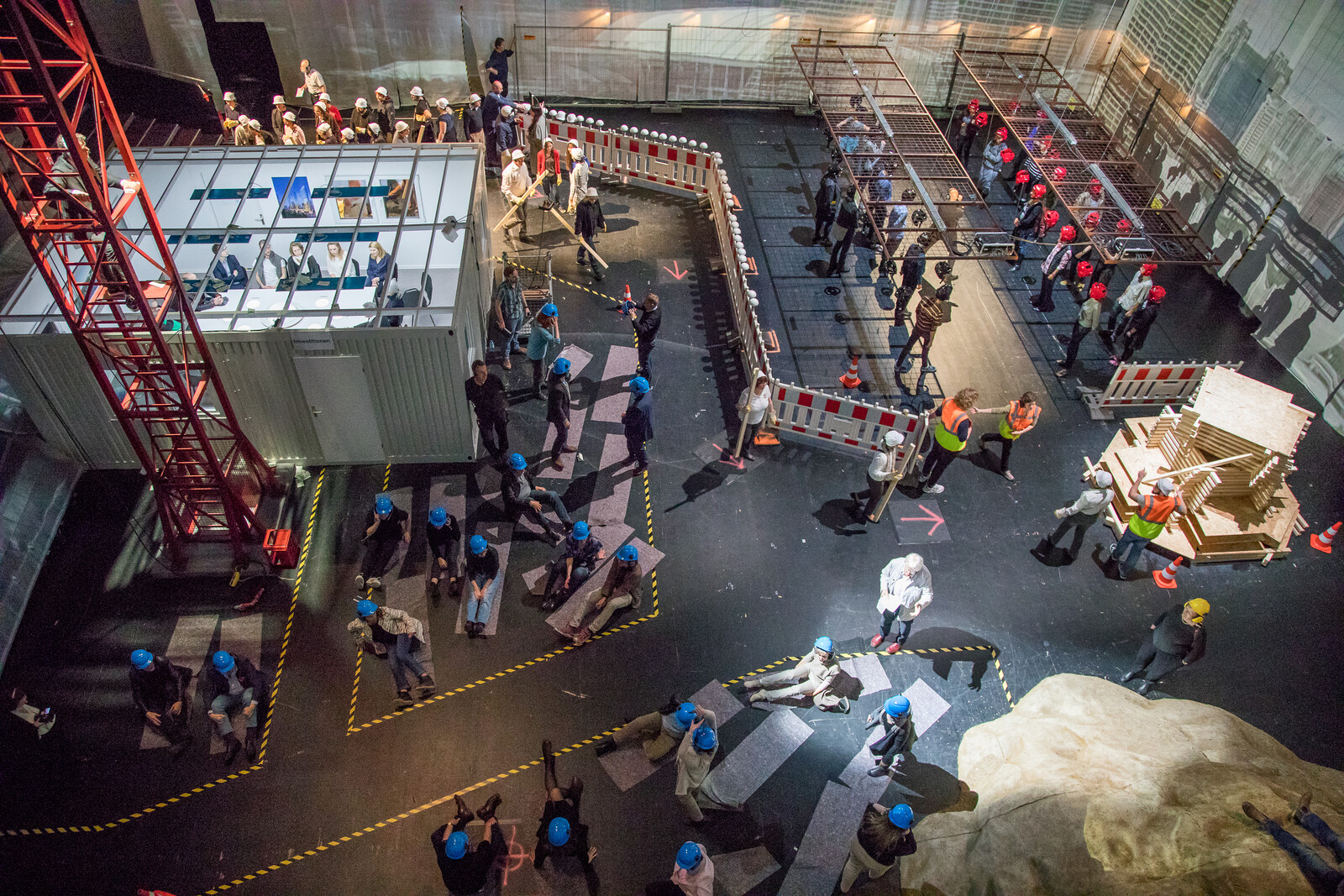

.jpg,1600)

.jpg,1600)
